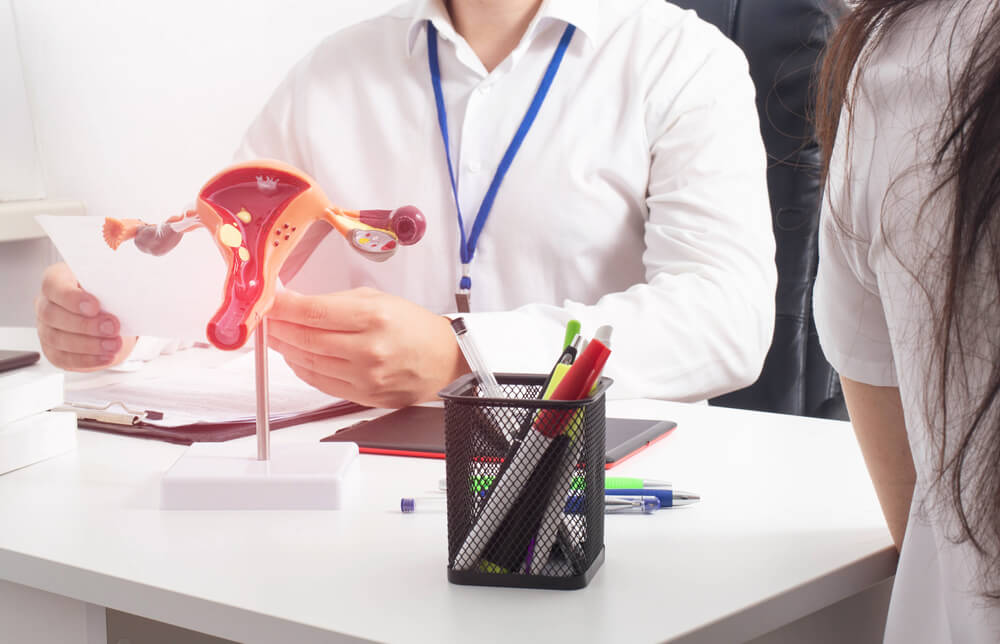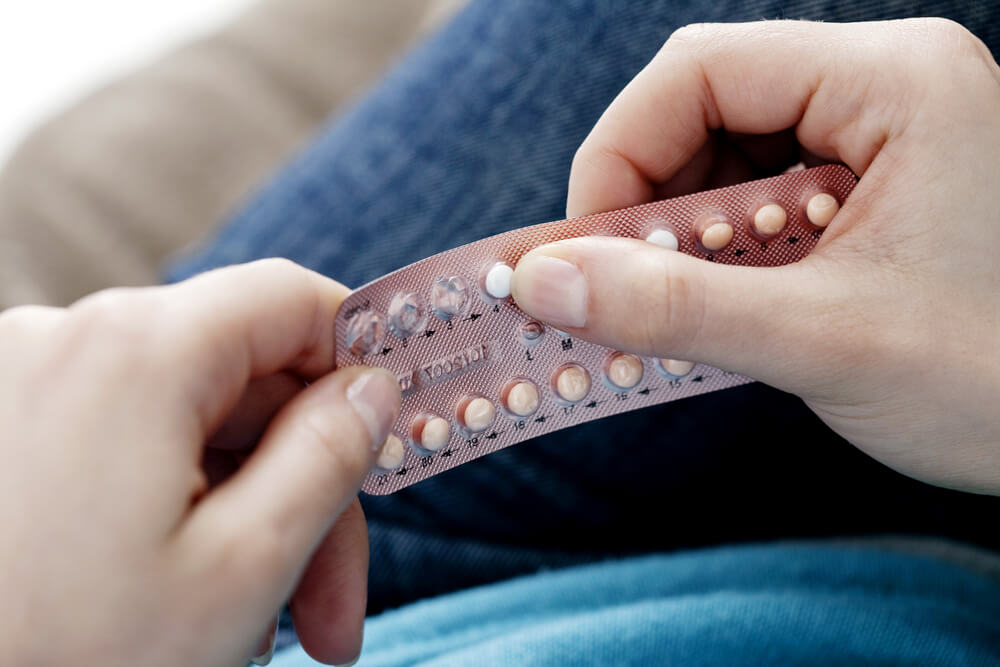Although having any sort of a tumor-like growth on your body can cause discomfort and stress, there are some cases when those growths are benign and should not be considered as dangerous as malignant tumors.
Uterine fibroids are one example of many where the condition demands treatment and care but can be successfully handled, without much stress and anxiety, with the proper approach.
The Uterine fibroids treatment at ACE OBGYN is an excellent example of a successful approach to caring for and treating this medical issue. The expert medical staff ensures proper follow-up and a close watch over the further developments of the condition.
What Are Fibroids?
Benign tumors of the uterus or uterine fibroids are tumor-like growths that are non-cancerous and seldom develop into cancer. Although they are benign, they are still prevalent (70-80 percent of women have them at a certain period of their life), and scientists do not know the reason why they develop in women’s bodies during childbearing years.
There are several terms used for this medical condition:
- Uterine fibroids
- Uterine myomas
- Uterine leiomyomas
- Fibromas
- Fibroid cysts
When it comes to the shape of the fibroid cysts in the uterus, they are round and, in most cases, do not cause any pain or discomfort. Sometimes the size can be problematic because it puts pressure on other organs around it. The size of the cysts goes from a few millimeters to very large, grapefruit-sized examples.
The location of the fibroids is used to differentiate and describe them:
- Subserosal fibroids can be found underneath the lining membrane on the outside of the uterus
- Submucosal fibroids are located inside the uterus, underneath the inner lining
- Intramural fibroids are within the muscular wall of the uterus
- Pedunculated fibroids are found on the stalk of the pedicle and can extend to the inside or outside of the uterus
The fibroids can be diagnosed through a pelvic exam, an ultrasound, a CT, or an MRI.

Uterine Fibroid Symptoms
As said, the uterine leiomyoma or fibroids, in most cases, do not cause any symptoms or pain, so women tend not even to be aware of their existence in the body. When this is not the case, there are signs which can indicate the presence of this condition, and they are:
- Abnormal uterine bleeding (the most common symptom)
- Heavy and painful menstrual cycles caused by the interference of the tumor with the blood flow to the uterine lining
- Spotting between two periods
- Prolonged periods
- Iron deficiency anemia caused by extensive bleeding
The size of the fibroids can create problems such as:
- Pressure on the bladder causing frequent or obstructed urination
- Pelvic pain (and pain during sexual intercourse)
- Pressure on the rectum causing a painful bowel movement
What Causes the Uterine Fibroids?
Interestingly enough, even though scientists have conducted substantive research on the causes of uterine fibroids, the reasons for the development or changes in size are still not fully understood. The hormones estrogen and progesterone are known to affect their growth, considering that they do get bigger during pregnancy and shrink afterward. However, still, nothing has been officially proven.
Some of the possible causes that experts are leaning towards are:
- Genetics (hereditary conditions)
- Alterations in growth factor expression (proteins developed in the body)
- Abnormalities in the vascular system
- Response of the tissue to an injury
- Race
- First menstruation before the age of 10
- Overconsumption of alcohol
- Elevated blood pressure
- Uterine infections
- Birth control usage
- Unhealthy diet
- Vitamin D deficiency
Bear in mind that none of these causes have been officially confirmed, so these are all speculations and assumptions which are yet to be further researched.
When it comes to preventing fibroids, the lack of information and knowledge on this topic makes preventive measures scarce and very vaguely defined. A healthy diet, exercise, and a limitation on the alcohol and cigarettes intake is always a positive step toward the general well-being of a person, so we should all, regardless of the diagnosis, follow a healthy routine.
Treatment
There are quite a few ways of treating the condition at hand, and most of them have a very high success rate. The treatment is recommended only when the fibroids are causing pain or physical discomfort. Usually, the growth of the fibroids stops when women are going into menopause, and that is why some doctors recommend that their patients wait before surgical treatment.
One can take several directions for treating uterine fibroids, but it is essential to always consult a gynecologist before starting the treatment.
You can get medication for the fibroids’ symptoms and treatments for the shrinkage of the uterine leiomyoma.
For symptoms, you could use:
- Levonorgestrel intrauterine system, which resembles an IUD and is used to release the hormone progesterone into the body
- Anti-inflammatory medicines for heavy period pains and discomfort
- The contraceptive pill for reducing period pains and heavy bleeding during cycles
- Tablets for stopping the womb’s blood vessels from bleeding
- Progestogen (injected or oral) which is helpful for reducing heavy period pains and can reduce the chances of getting pregnant while taking it also

All of the medication mentioned above has specific side effects, so be sure you are aware of them before starting the process:
- Indigestion
- Diarrhea
- Acne
- Headaches
- Breast tenderness
- Absent periods
- Weight gain
- Irregular bleeding
- Bloating
Treatments to shrink fibroids:
- Gonadotropin-releasing hormone agonists (GnRH) are hormones given with an injection or oral to stop the ovaries’ estrogen production. This treatment will stop your menstrual cycle, but there will still be a possibility of conceiving, so do not consider this as contraception. It can also help with easing period pains and pressure.
- Surgery is advised when the fibroid symptoms are very severe and no medicine has resolved the issue. The person can have:
- a hysterectomy (surgical removal of the womb)
- myomectomy (surgical removal of the fibroids from the wall of your womb)
- hysteroscopic resection (removal of fibroids with a thin telescope and tiny surgical instruments)
- hysteroscopic morcellation (removal of fibroids with a special device called morcellator)
- Non-surgical options:
- Uterine artery embolization (UAE) is a procedure of blocking blood vessels that supply fibroids. This is done by injecting a solution into the blood vessel, guided by an X-ray.
- Endometrial ablation, which includes the removal of the lining of the womb
- MRI procedures use tiny needles to target the center of the fibroid and destroy it with laser or ultrasound energy
- Ultrasound-guided radiofrequency ablation, uses an ultrasound probe to determine the location and the size of the fibroids in the womb and guide the placement of an electrode close enough to the fibroid that will generate heat and local destruction of the fibroid
Side effects of these treatments can be many but are not limited to stomach pains, cramps, yellowing of the skin and eyes, dark urine, tiredness, vomiting, loss of appetite, loss of libido, vaginal bleeding, and for some, the risk of miscarriage after the procedure.
Uterine fibroids and pregnancy
Usually, fibroids do not affect the pregnancy. Women can naturally conceive even when fibroids are present in the body. However, the size of the growths and specific procedures can cause preterm births or miscarriages.
We are here if there is something additional you would like to know. Making sure your reproductive health is taken care of should be your priority, so feel free to reach out and schedule an appointment with us.

